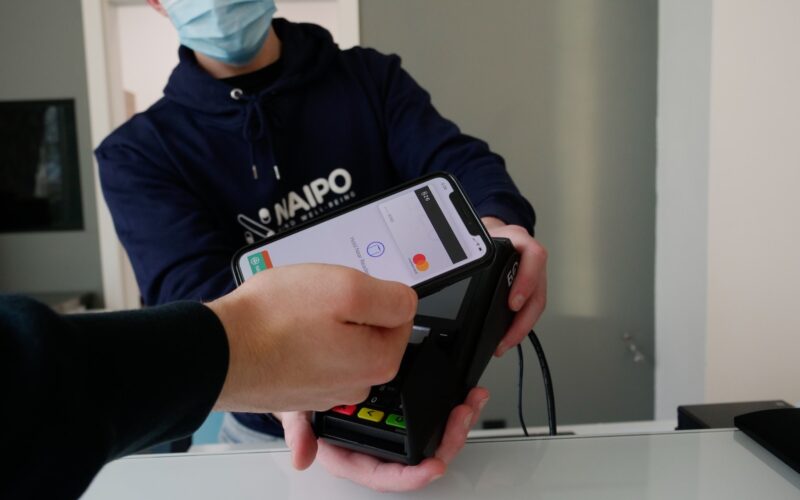Credit cards have become an essential part of our daily lives. They offer convenience, flexibility, and security when making purchases. However, not all credit cards are the same, and some carry a high level of risk. Credit card high risk is a term used to describe credit cards that are more likely to default or be used for fraudulent activities. In this article, we will explore what high-risk credit cards are, their consequences, and how to manage them.
Understanding Credit Card High Risk
What is a high-risk credit card?
A high-risk credit card is a type of credit card that is issued to people with a high-risk profile. This means that the credit card issuer considers the applicant to be more likely to default on payments, have a low credit score, or engage in fraudulent activities. High-risk credit cards usually come with higher interest rates, lower credit limits, and stricter eligibility criteria than regular credit cards.
What factors determine if a credit card is high risk?
Several factors determine if a credit card is high risk, including the cardholder’s credit score, payment history, income, current debt, and employment status. If a cardholder has a low credit score, a history of missed payments, or a high debt-to-income ratio, their credit card may be considered high risk. One way to tell if a credit card is high risk is by checking if it comes with a high interest rate and low credit limit. Cardholders can also contact their credit card issuer and ask if their card is classified as high risk.
What are the consequences of high-risk credit cards?
Having a high-risk credit card can have several consequences. Firstly, it can negatively impact the cardholder’s credit score, making it harder to get approved for loans and other credit products in the future. Secondly, high-risk credit cards usually come with higher interest rates, which can lead to more debt and financial stress for the cardholder. Lastly, high-risk credit cards may have stricter eligibility criteria and fewer rewards or benefits than regular credit cards, which can limit the cardholder’s options and flexibility.
How does having a high-risk credit card affect my credit score?
Having a high-risk credit card can negatively impact the cardholder’s credit score in several ways. Firstly, high-risk credit cards usually come with a higher interest rate, which means that if the cardholder carries a balance, they will pay more in interest charges. Secondly, if the cardholder misses a payment or exceeds their credit limit, their credit score will be negatively affected. Lastly, having a high-risk credit card can make it harder to get approved for other credit products in the future, as it signals to lenders that the cardholder may be a higher risk borrower. However, if the cardholder uses their high-risk credit card responsibly and makes timely payments, it can actually improve their credit score over time.
Managing High-Risk Credit Cards
Tips for managing high-risk credit cards
Managing high-risk credit cards can be a challenge, but there are several tips that can help. Firstly, cardholders should aim to pay more than the minimum payment each month to reduce their balance and avoid accumulating too much interest. Secondly, they should try to use their credit card sparingly and avoid overspending. Thirdly, they should consider transferring their balance to a credit card with a lower interest rate or taking out a personal loan to consolidate their debt. Lastly, cardholders should keep track of their credit score and monitor their credit report for any errors or fraudulent activity.
Alternatives to high-risk credit cards
For people with bad credit or a history of financial struggles, there are alternative options to high-risk credit cards. One option is a secured credit card, which requires a security deposit and typically has lower interest rates and fees than high-risk credit cards. Another option is a credit-builder loan, which is a type of installment loan that helps people build credit by making timely payments. Lastly, people can rebuild their credit without using credit products by making timely payments on existing debt, paying bills on time, and avoiding new credit applications.
Risks and Benefits of High-Risk Credit Cards
Pros and cons of using high-risk credit cards
Using high-risk credit cards has both pros and cons. On the one hand, high-risk credit cards can offer people with bad credit or financial struggles access to credit and the opportunity to improve their credit score. They may also come with rewards or benefits that can be useful, such as cashback or travel points. On the other hand, high-risk credit cards usually come with higher interest rates, stricter eligibility criteria, and fewer rewards or benefits than regular credit cards. They may also lead to more debt and financial stress if not managed properly.
How to minimize risks of high-risk credit cards
To minimize the risks of using high-risk credit cards, there are several precautions that cardholders can take. Firstly, they should never share their card details or PIN with anyone and should only use their credit card on secure websites or in trusted stores. Secondly, they should monitor their account regularly for any fraudulent activity and report any suspicious transactions immediately to their credit card issuer. Lastly, cardholders should aim to pay off their balance in full each month to avoid accumulating too much interest and debt.
Choosing the Best High-Risk Credit Card
Factors to consider when choosing a high-risk credit card
Choosing the best high-risk credit card requires careful consideration of several factors. Firstly, cardholders should look for a credit card with a low interest rate and low fees, as these can add up quickly and make the credit card more expensive. Secondly, they should check the credit card’s eligibility criteria and make sure they meet the requirements before applying. Thirdly, cardholders should consider the credit card’s rewards or benefits, such as cashback or travel points, and whether these align with their needs and preferences.
Top high-risk credit cards on the market
Some popular high-risk credit cards on the market include the Capital One Platinum Credit Card, the Discover it Secured Credit Card, and the Credit One Bank Platinum Visa for Rebuilding Credit. When choosing a high-risk credit card, cardholders should compare the features, fees, and rewards of each card and choose the one that best suits their financial situation and goals. They should also be aware of the card’s risks and take steps to manage them effectively.
Credit card high risk can be a daunting concept for many people, but with the right knowledge and strategies, it is possible to manage these cards effectively and improve one’s financial situation. Whether you have a high-risk credit card or are considering getting one, it is important to weigh the risks and benefits and choose the best option for your needs and goals. By following the tips and advice in this article, you can minimize the risks of high-risk credit cards and make the most of the opportunities they offer.













